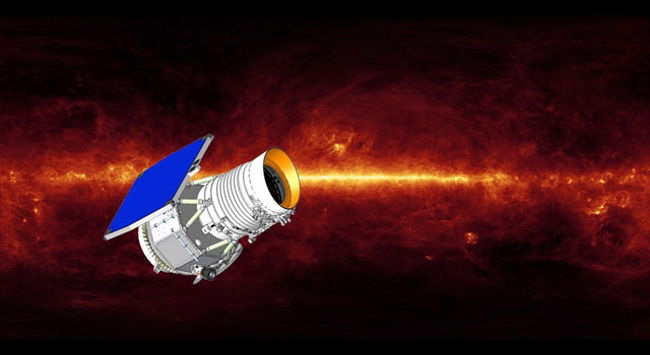OF THE
TIMES
“Is conversion therapy more harmful than 'pro-trans' therapy which includes drugs and surgery that cause a litany of harms, including sterility...
“the unrest has morphed into "a real urban guerrilla war." And naturally out of Chaos comes order 🤡💩🎪
seems as if the Government (devils) of France are making themselves a new penal colony. - [Link]
I've been working on this since 1996, after reading The Deltoid Pumpkin seed: [Link] You may have bought an earlier version. Tied directly to one...
"Romans before the fall were as certain as we are today that their world would continue forever, substantially unchanged." This has got to be the...
To submit an article for publication, see our Submission Guidelines
Reader comments do not necessarily reflect the views of the volunteers, editors, and directors of SOTT.net or the Quantum Future Group.
Some icons on this site were created by: Afterglow, Aha-Soft, AntialiasFactory, artdesigner.lv, Artura, DailyOverview, Everaldo, GraphicsFuel, IconFactory, Iconka, IconShock, Icons-Land, i-love-icons, KDE-look.org, Klukeart, mugenb16, Map Icons Collection, PetshopBoxStudio, VisualPharm, wbeiruti, WebIconset
Powered by PikaJS 🐁 and In·Site
Original content © 2002-2024 by Sott.net/Signs of the Times. See: FAIR USE NOTICE

Reader Comments
to our Newsletter